Short yoga practice to restore emotional balance
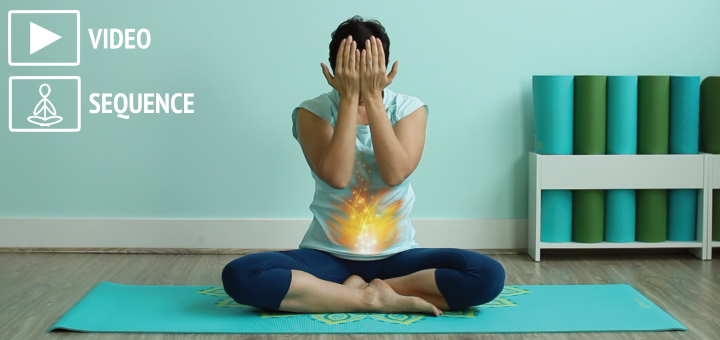
There is an interesting and complex connection between your physiology and your emotions. We tend to think, “I got angry, and my blood pressure went up”, but some scientists (including Dr. Lisa Feldman Barrett in her book How Emotions are Made) are arguing that it’s the other way around – first, your blood pressure went up, and then your brain interpreted it as being angry. Your emotional response is how your mind interprets your physiological state.
But regardless of what comes first – the chicken or the egg (physiological response or emotion), it is pretty safe to acknowledge that they are intimately linked. This means that to manage our emotions, we need to:
A. Become aware of our actual physiological response (to identify what exactly is happening within the body).
B. Name the emotion (symbolic labeling shifts the resources from your limbic system (the more emotional part of the brain) to your prefrontal cortex (the more rational part).
C. Manage your physiology to move it from fight-and-flight to rest-and-digest mode. This will send the signal to the brain that all is well, and that reactivity can be diminished (deep breathing works great for that).
D. Use movement, sound, imagery, and other techniques to produce a different physiological response, which will result in a different emotional manifestation.
This 25-minute yoga practice does just that. It invites you to drop your attention into the body and label your experience. Then, it encourages you to focus on three main sites of the body where you might experience an emotion (head, chest, and belly) and use symbolic gestures, Kapalbhati breathing, and the image of fire to purify those areas. As a result, it shifts your physiological state, which will, hopefully, lead to an altered emotional state. This practice follows the template for a short yoga practice design for managing your mental state that we outlined last week. Give it a try and see how it feels!
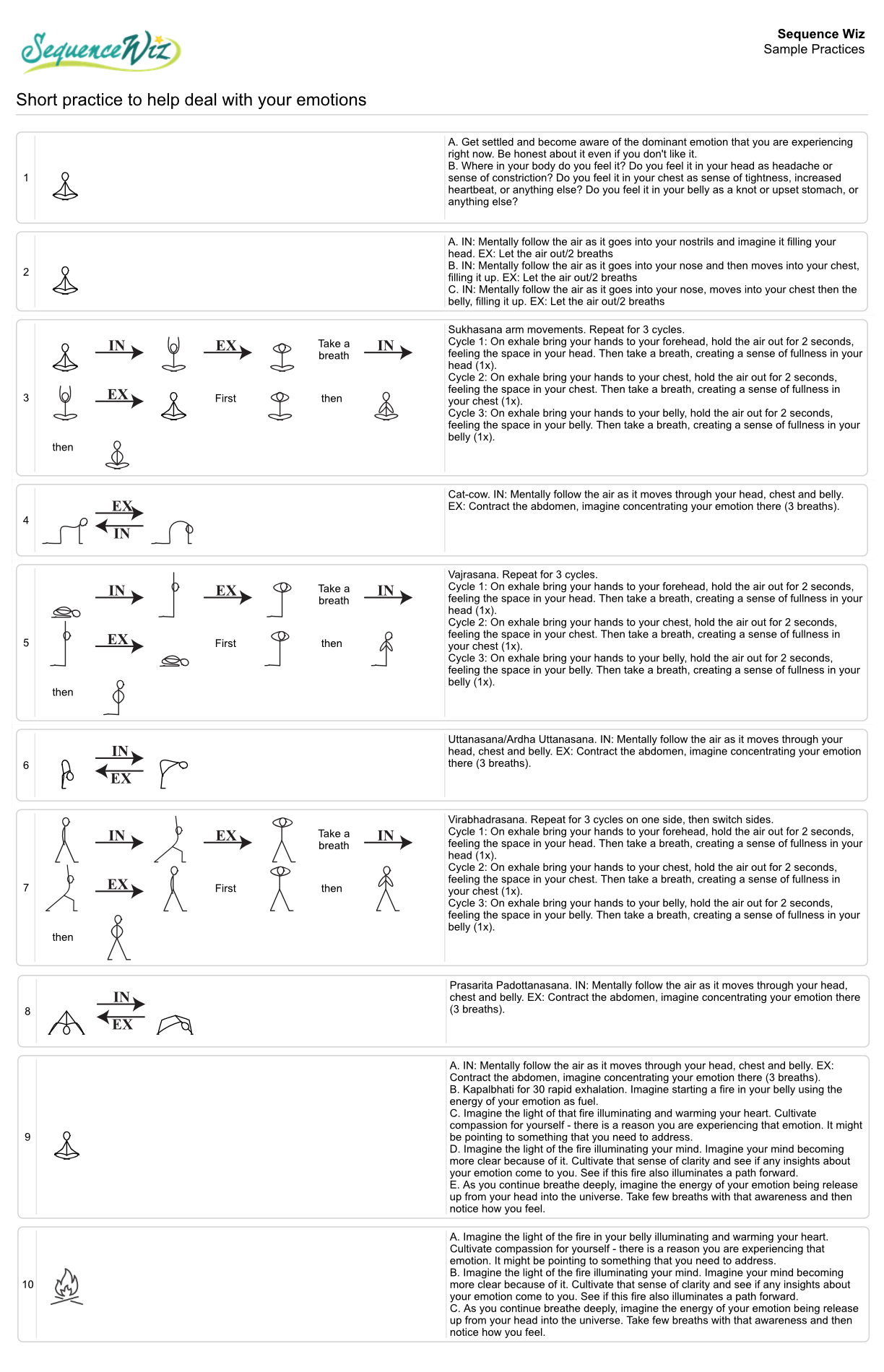
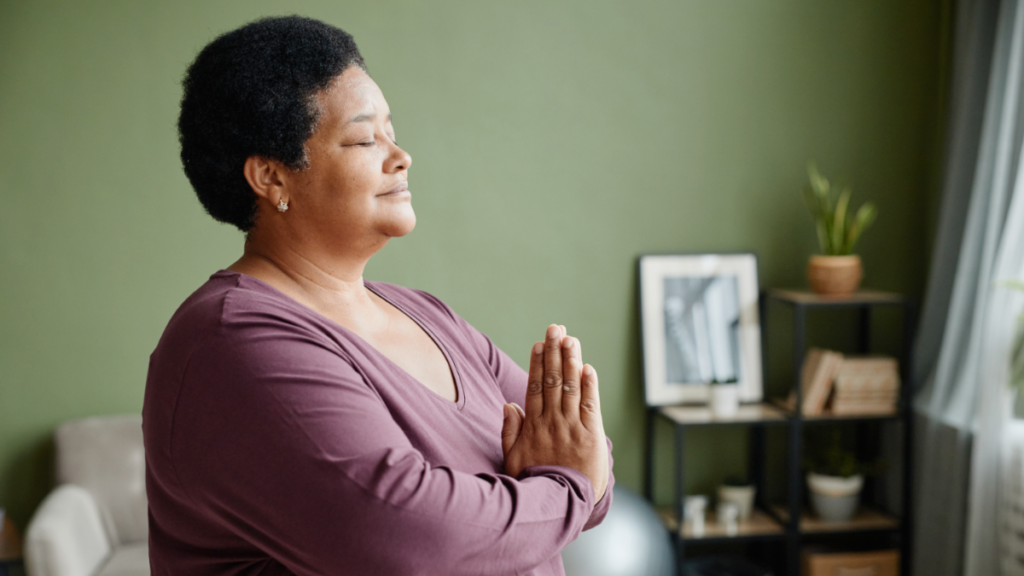
We can use yogic tools to focus our attention, build mental strength, cultivate emotional resilience, and gain clarity in our thinking.




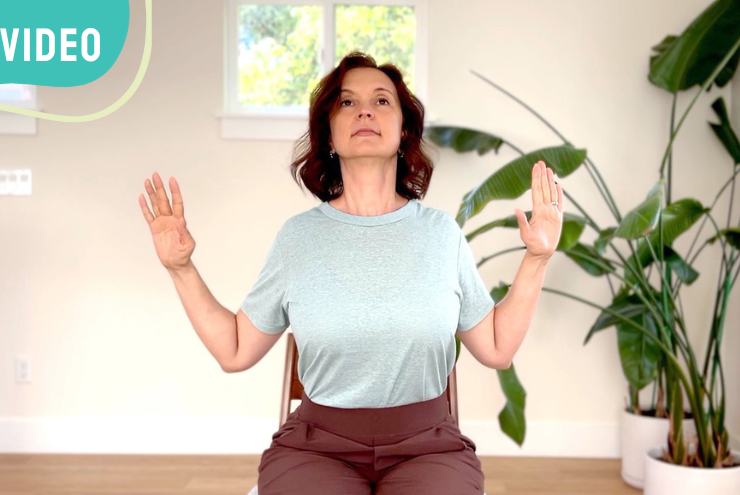
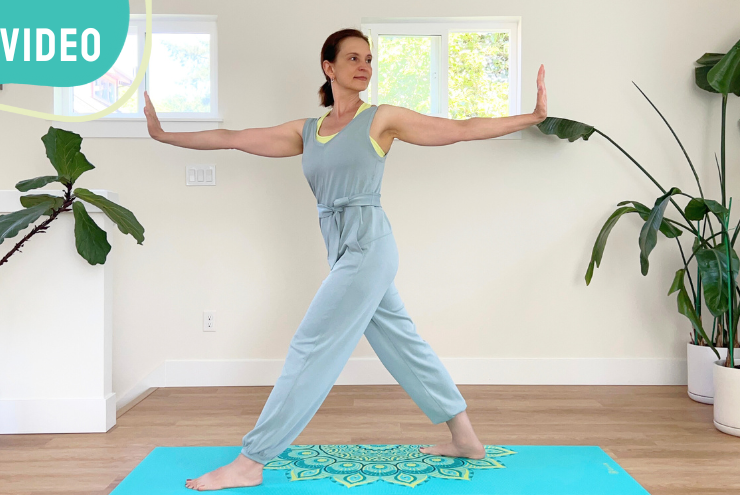
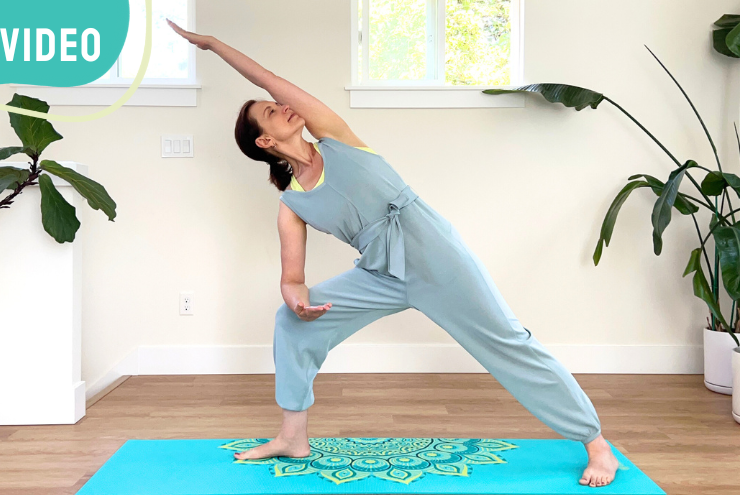



Dear Olga: I found in this practice a wonderful way to bring my ¨bad¨ emotions into a something really useful that release those emotions…
I gave this class to my students today too, and they felt connected as well.
Thank you
I am so glad to hear that, thank you for sharing Gloria! I like how you put “bad” in quotes, I know what you mean 🙂
Olga, As a teacher who came to this practice in my 40’s, I have so much to learn and so little time to do it. This website is a lifesaver! I am so grateful for everything you post. (even when people post disagreeable posts, you are always gracious in your responses) Thank you!